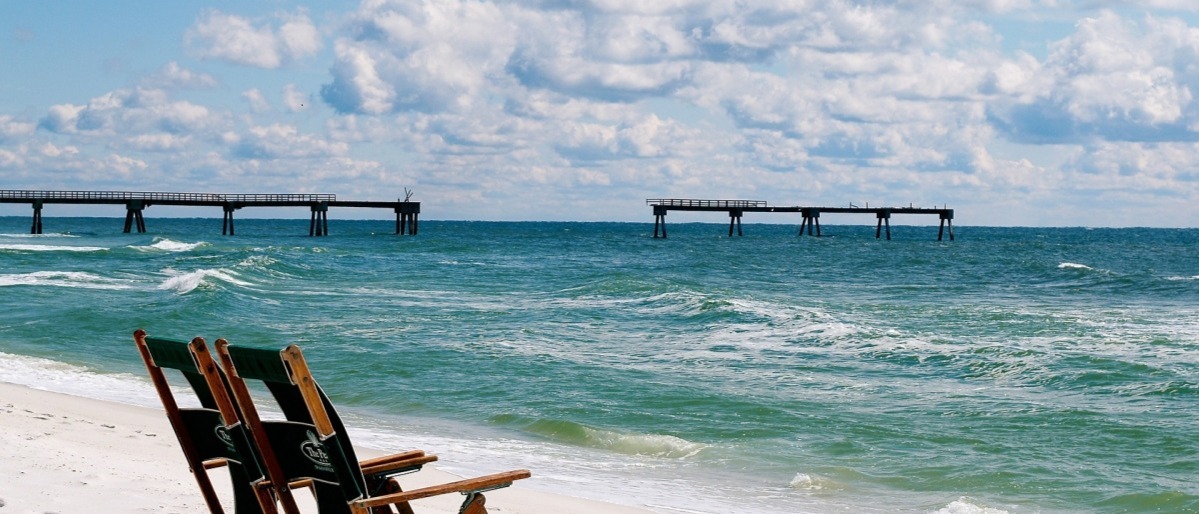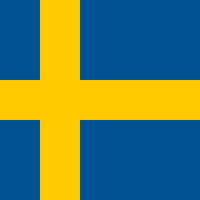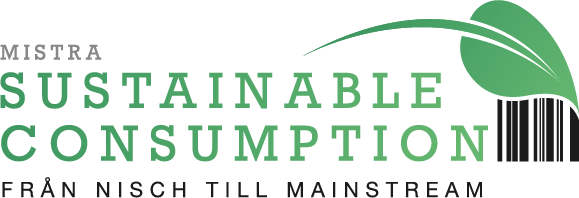
Social and demographic factors
This is a large category of factors affecting demand, where great changes have happened during the last century which have facilitated the emergence of charter and mass tourism, amongst other things. One of the most important social changes is the right to paid holidays, which has gradually increased in large parts of the world (also discussed in political factors).
The freeing up of time for recreation combined with technological, political and economic conditions is the main reason we travel and it’s often possible (with a few exceptions) to see a direct connection between the amount of free time and tourism demand. Different trends and fashions are examples of social factors. They develop out of consumers’ changed attitudes and needs (more about needs and motivation under travel motives), but are also based on demographic changes. An example of the latter is the huge increase in demand for city breaks, where large numbers of young adults (who have children later in life) with disposable income, and healthy capital rich pensioners have driven the trend, which is also fuelled by an increase in mobility (see technological factors).
An expansion of the education system has also affected tourism demand. With education comes a wish to see and experience new cultures, places, and attractions plus the ability to get information about vacationing.
Sources
Lim, C. (1997). Review of international tourism demand models. Annals of Tourism Research. 24(4): 835-849.
Wall, G., & Mathieson, A. (2006). Tourism: changes, impacts, and opportunities (2. ed.). Harlow, Eng. ; New York: Pearson Prentice Hall.
Wang, N. (2002). The Tourist as Peak Consumer. In G. Dann (Ed.), The tourist as a metaphor of the social world (pp. 281-295). Wallingford: CABI Pub.










